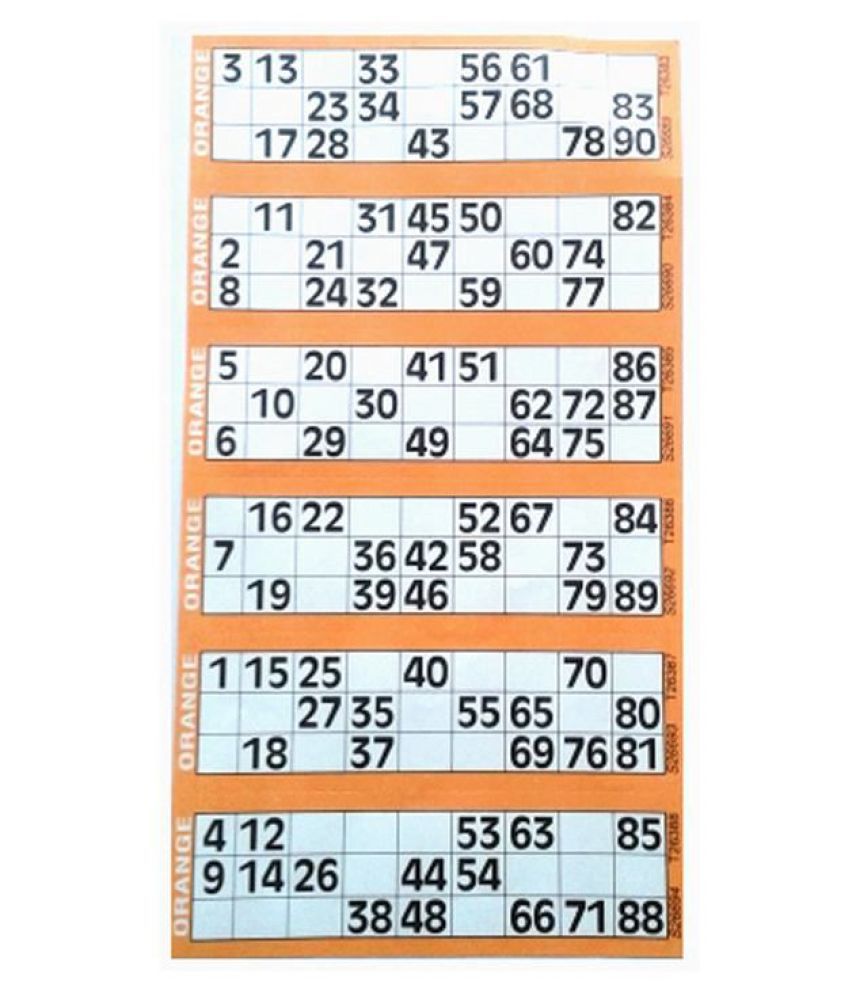

Indian law classifies games into two broad categories viz. A fine of ₹100 or imprisonment of up to one month is the penalty. Additionally, this Act prohibits visiting gambling houses.

The penalty for breaking this law is a fine of ₹200 or imprisonment of up to 3 months. The Public Gambling Act of 1867 is a central law that prohibits running or being in charge of a public gambling house. Gambling is a state subject, and only states in India are entitled to formulate laws for gambling activities within their respective states. Ĭasinos now operate in Goa, Daman, and Sikkim. However, proponents of regulated gambling argue that it can be a huge source of revenue for the state. Critics of gambling claim that it leads to crime, corruption, and money laundering. In the 21st century, more people have started making cash bets upon prohibited betting and gambling activities in India. Common gambling activities like organized betting is restricted except for selective categories including lotteries and horse racing.

Some states like Goa have legalised casinos. Gambling in India varies by state as states in India are entitled to formulate their own laws for gambling activities. JSTOR ( July 2021) ( Learn how and when to remove this template message).Unsourced material may be challenged and removed.įind sources: "Gambling in India" – news Please help improve this article by adding citations to reliable sources. It consists of three passes, construct one row on each passįirst check for a column that has to fit (3 numbers left on 1st row, 2 left on 2nd row, 1 left on last row).This article needs additional citations for verification. Second part: to distribute a valid set of 15 numbers to a card. at most 3 numbers in each column on each card.at least 1 number in each column on each card.
#Online tambola tickets printing full
This prevents it from running into a corner case where it can't finish successfully, but reduces the chance of having a full column. In the first three passes, maxing out at 2 numbers per column instead of 3. In each pass, assign 1 of the remaining numbers for that column to a random card, skipping cards that are already full or have 3 numbers from that column. Now make 4 passes over the remaining columns. Second, distribute a set of 15 numbers into a card.Īssign one number from each of the 9 columns into each of the 6 cards.Īfter that, you'll have 3 numbers left in the first column, 5 in the last column, and 4 in every other column.Īssign one of the numbers in the last column to a random card. The logic is almost same as the comment of "Mark Henderson" on the webpage " " which says:įirst, generate 6 valid sets of 15 numbers All the numbers 1 to 90 are used only once in each set of 6 tickets.In each 3 cell high column, the numbers are sorted with lower numbers higher than larger numbers.The 3 cell high column in each ticket must have between 1-3 numbers in it but never zero numbers.Every row must have exactly 5 numbers in it.In the first column are the numbers 1 to 9, the second column has numbers 10 to 19, etc, all the way to the 9th column which has numbers 80 to 90 in it.The numbers 1 to 90 are used once only.

It generates a tambola/Bingo sheet with 6 tickets.


 0 kommentar(er)
0 kommentar(er)
